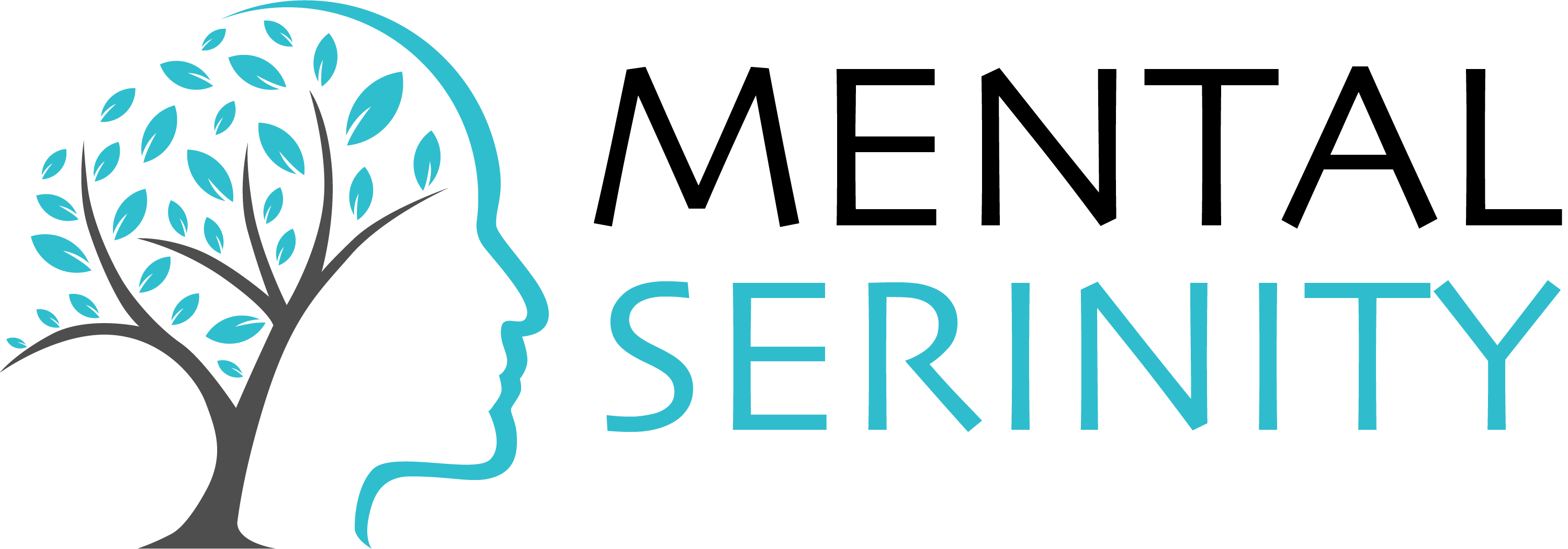

Cannabis, commonly known as marijuana, is one of the most widely used recreational substances across the globe. Many individuals use it for various reasons, including relaxation, stress relief, pain management, or as a way to enhance social experiences. For some, cannabis use remains casual and manageable, but for others, it can evolve into a problematic and potentially addictive behavior known as Cannabis Use Disorder (CUD). When cannabis consumption moves from a tool for relaxation to a form of dependence, it can have significant psychological, emotional, and physical consequences. This article explores Cannabis Use Disorder, examining its symptoms, causes, impact on an individual’s life, and the pathways to recovery.
What is Cannabis Use Disorder (CUD)?
Cannabis Use Disorder (CUD) is characterized by a pattern of cannabis consumption that leads to significant distress or impairment in an individual’s life. Unlike occasional use, which many people experience without harm, CUD involves a more persistent and compulsive need to use cannabis, even when it interferes with other aspects of life. This disorder is recognized by the Diagnostic and Statistical Manual of Mental Disorders (DSM-5) as a substance use disorder, highlighting that cannabis use, like other addictive substances, can lead to physical, emotional, and social problems.
CUD is diagnosed when individuals exhibit certain behaviors, such as using cannabis in larger quantities or over longer periods than intended, unsuccessful attempts to cut down or control use, and continued use despite knowledge of its harmful effects. The disorder can range from mild to severe, depending on the number of symptoms and the extent to which cannabis use affects a person’s daily functioning.
The Spectrum of Cannabis Use: From Casual to Problematic
Cannabis use exists on a spectrum. For many people, using cannabis can remain a casual, controlled activity. In these cases, individuals may consume cannabis in social settings or as a way to relax after work. They may enjoy the benefits of cannabis without allowing it to interfere with their personal, professional, or social life. These individuals typically have no desire or need to use cannabis beyond occasional use and can stop at any time.
However, for others, cannabis use can slowly progress into problematic use, and ultimately, addiction. The transition from casual use to dependence occurs gradually, with users often unaware of the developing disorder. The key factors that differentiate casual use from a substance use disorder are the frequency of consumption, the inability to stop despite negative consequences, and the physical or psychological cravings that arise.
Signs and Symptoms of Cannabis Use Disorder
Cannabis Use Disorder manifests in various ways, and its severity depends on how many symptoms an individual exhibits. The DSM-5 outlines several criteria for diagnosing CUD, including:
1.Inability to Control Use: One of the hallmarks of CUD is the inability to control or reduce cannabis use, despite the desire to do so. Individuals may repeatedly try to cut back or quit but fail to follow through.
2.Increased Tolerance: Over time, individuals with CUD may develop tolerance, meaning they need to consume more cannabis to achieve the same effects. This leads to increased use and a higher risk of dependence.
3.Withdrawal Symptoms: When individuals with CUD attempt to stop or reduce their cannabis use, they may experience withdrawal symptoms such as irritability, anxiety, trouble sleeping, and decreased appetite. These symptoms can make it challenging to quit, reinforcing the cycle of use.
4.Neglecting Responsibilities: As cannabis use becomes more frequent, individuals may neglect important personal, professional, or academic responsibilities. They may begin to prioritize cannabis use over other obligations, leading to a decline in work performance or social relationships.
5.Loss of Interest in Other Activities: Those with CUD may lose interest in activities they once enjoyed. Hobbies, exercise, social events, or even work may become less appealing as cannabis use takes precedence.
6.Time Spent on Cannabis-Related Activities: Individuals with CUD often spend a significant amount of time obtaining, using, or recovering from the effects of cannabis. This preoccupation with cannabis use can interfere with their daily life.
7.Continued Use Despite Negative Consequences: Even when cannabis use causes problems such as relationship issues, legal trouble, or physical health concerns, individuals with CUD often continue to use cannabis. The drive to use becomes stronger than the desire to avoid negative outcomes.
The Psychological and Emotional Impact of Cannabis Use Disorder
While cannabis is often seen as a substance that can aid in relaxation and stress relief, long-term use can have significant psychological and emotional consequences. Cannabis use can alter an individual’s mood, cognitive functions, and ability to manage stress, leading to various mental health issues.
1.Anxiety and Paranoia: While cannabis may initially help some people relax, chronic use can lead to heightened anxiety and paranoia. Some individuals report increased feelings of fear, unease, or distress, particularly in high doses. This is especially common in individuals who are predisposed to anxiety disorders.
2.Depression: Prolonged cannabis use has been linked to an increased risk of depression. The psychoactive compound in cannabis, THC, interacts with the brain’s reward system, which can lead to alterations in mood regulation. Over time, these changes can contribute to feelings of sadness, apathy, and hopelessness.
3.Cognitive Impairment: Regular cannabis use, particularly in adolescents or young adults, can negatively impact cognitive function. Memory, learning, and attention may be affected, which can lead to academic or professional difficulties. Long-term use can impair the brain’s ability to process information and make decisions, leading to poor life choices and risk-taking behavior.
4.Increased Stress: While cannabis is often used as a coping mechanism to relieve stress, reliance on it for emotional regulation can exacerbate stress over time. Individuals with CUD may find that cannabis no longer provides the same level of relief, leading them to increase their consumption, which in turn leads to greater psychological strain.
5.Mood Swings and Irritability: Withdrawal from cannabis can cause mood swings and irritability, as the body becomes accustomed to functioning without the substance. This can affect personal relationships and overall emotional well-being.
The Social and Physical Impact of Cannabis Use Disorder
Beyond the emotional and psychological effects, CUD can have a profound impact on an individual’s social life and physical health.
1.Social Isolation: Individuals with CUD may become isolated as their cannabis use increases. They might withdraw from social activities or spend more time alone to use cannabis. Over time, this isolation can lead to strained relationships with family, friends, and coworkers. Social withdrawal can also exacerbate feelings of loneliness and depression.
2.Impaired Relationships: Dependence on cannabis can cause significant strain on personal relationships. Partners, family members, and friends may express concern or frustration about the individual’s cannabis use, leading to arguments, mistrust, and alienation.
3.Legal and Financial Problems: Cannabis use, particularly in areas where it is illegal or heavily regulated, can lead to legal issues. Individuals with CUD may face legal consequences such as fines, arrest, or criminal charges. Additionally, the financial burden of purchasing cannabis regularly can lead to economic strain, especially if the individual prioritizes cannabis over other expenses.
4.Physical Health Issues: Chronic cannabis use can have various negative physical health effects. Smoking cannabis can damage the lungs and airways, leading to chronic bronchitis or other respiratory issues. Regular cannabis use can also impact the cardiovascular system, causing increased heart rate and potential risks for individuals with preexisting heart conditions. Moreover, the long-term impact on the immune system and the potential for cannabis-induced nausea or gastrointestinal issues are additional concerns.
Treatment and Recovery: Breaking the Cycle of Dependence
While Cannabis Use Disorder can be difficult to overcome, recovery is possible with the right support and intervention. Treatment for CUD typically involves a combination of behavioral therapies, counseling, and support groups. Approaches like cognitive-behavioral therapy (CBT) can help individuals identify the underlying triggers of their cannabis use and develop healthier coping mechanisms. Motivational enhancement therapy (MET) can help individuals strengthen their desire for change and increase their commitment to recovery.
Support groups, such as Cannabis Anonymous, offer individuals a sense of community and accountability as they work through their recovery journey. For some individuals, medication-assisted treatment may also be a part of the recovery process, though there are currently limited medications specifically designed for cannabis dependence.
Conclusion
Cannabis Use Disorder represents the darker side of cannabis consumption, transforming what may begin as a casual, enjoyable activity into a compulsive and harmful behavior. While cannabis may offer short-term relief from stress or anxiety, chronic use can lead to dependence, negatively impacting an individual’s mental health, social life, and physical well-being. Recognizing the signs of CUD and seeking help is crucial for individuals who find themselves struggling with cannabis dependence. With the right treatment and support, it is possible to break free from the cycle of addiction and regain control over one’s life.
